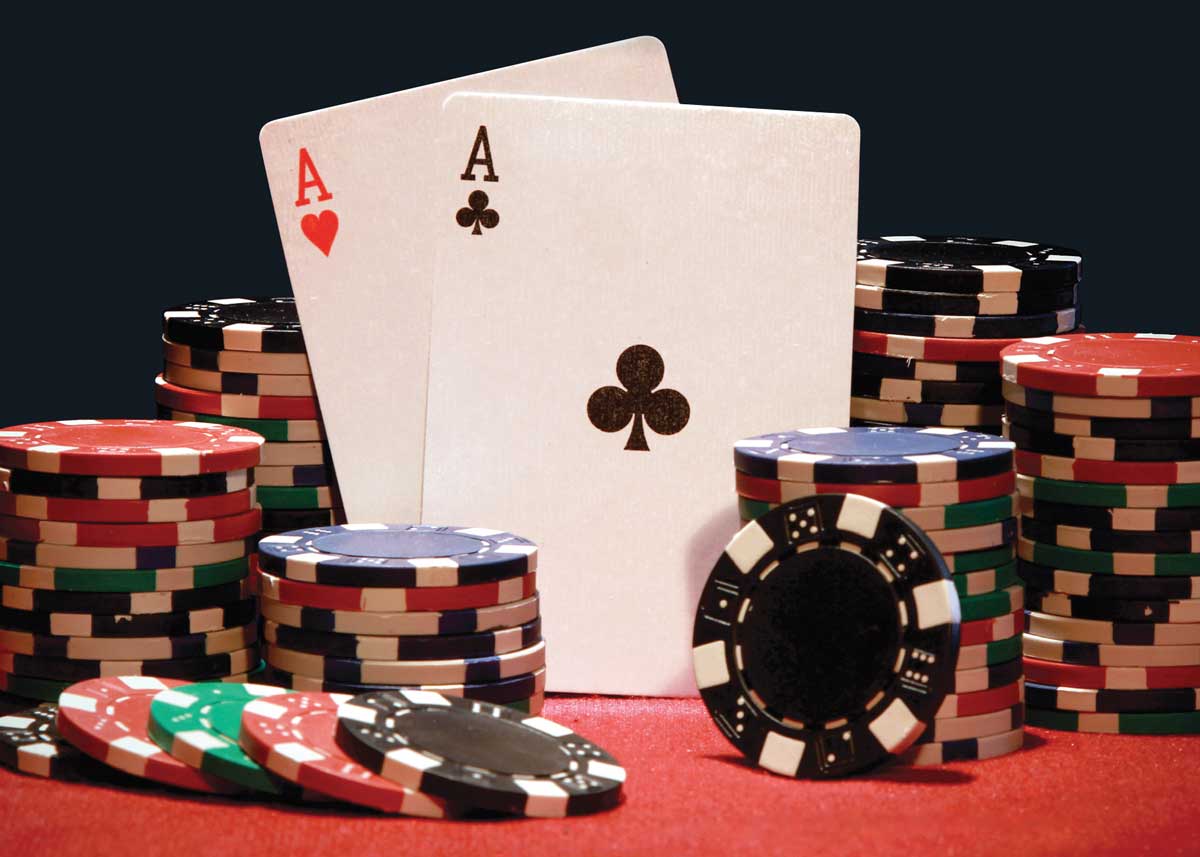Fold’em or hold’em?
Binghamton alumna's book teaches you how to play better poker

Sheree Bykofsky ’78 is a literary agent and avid poker player whose latest book is The Kaizen of Poker: How to Continuously Improve Your Hold’em Game (ECW Press, 2018). Her poker credentials include co-writing three previous books about poker; twice winning seats into the World Series of Poker tournament in Las Vegas; winning a World Series of Poker Circuit Ladies event; and racking up more than $100,000 in tournament prize money over the past 20 years. We asked Bykofsky about her life in publishing and poker.
When and how did you start playing poker?
SB: I was in my early 20s. My friends were all expert Scrabble players, including a two-time national Scrabble champion and the top-rated female player. One friend was a chess master who ran the Manhattan Bridge Club. We were serious game players and started a home poker game. We read books on the subject. We learned the rules. It was serious strategy, and we all got to be really good. Poker was not as prevalent then.
The invention that caused poker to become popular was the “lipstick camera.” It’s the size of a tube of lipstick and is put on a poker table to allow an audience to see what a player is holding in his hand. Now we were able to see if players were bluffing and see the psychology of the game. Poker exploded, but bookshelves were sparse when it came to helping people learn the game. I wrote three books with Lou Krieger, who had previously written Poker for Dummies.
What kind of poker do you like best?
SB: The one they play at the World Series of Poker: Texas Hold’em. There are many different kinds of hold’em and many levels you can play, depending on how much money you want to invest.
Did you play poker at Binghamton?
SB: No, we played whist — a less sophisticated version of bridge.
How did you become a literary agent?
SB: I went from Binghamton to Columbia’s PhD program, and I worked in the graduate English office. I was the only person in the English office when a call came in from a publishing company looking for a managing editor. I left with my master’s and managed a publishing company. After that I became a book producer — you come up with ideas, find writers, then sell books to publishers — and eventually a literary agent. When I was in my 20s, I sold a six-figure book. I eventually went out on my own and it’s been incredible.
What is the “kaizen” of poker?
SB: “Kaizen” is based on the Japanese art of continuous improvement. It’s a business term I applied to poker. My book is designed for anyone playing poker at any level, because anyone at any level can improve. This book gives you a morning-after checklist of 36 questions about how you handled different aspects of the game. Depending on your answer, you go to a part of the book that will help you improve that aspect.
What was your major at Binghamton?
SB: My major was English, but everyone thought it was psychology. I took a lot of psych courses and co-directed High Hopes. Poker is very much a game of psychology. It’s not gambling like the way craps is; there is no house edge.
What’s a common mistake that a lot of poker players make?
SB: They play too many hands. I recommend folding for an hour. If you fold, you sit out the hand and watch other players play while paying attention to their styles and personalities. When you focus your attention the right way, it’s like exercising a muscle to learn how to read other people’s holdings.

